Why we love India
Chaos and stillness, ancient and alive. India is a lifelong love affair for our Founder, Jim, who’s spent years uncovering its rhythm and richness. It’s a place that pulls you back, no matter how many times you visit. Dawn breaks to temple bells, steaming chai stalls line city streets and pink-washed walls glow in the desert light. Overwhelming and enchanting in equal measure, this guide shares the essentials to know before you go.
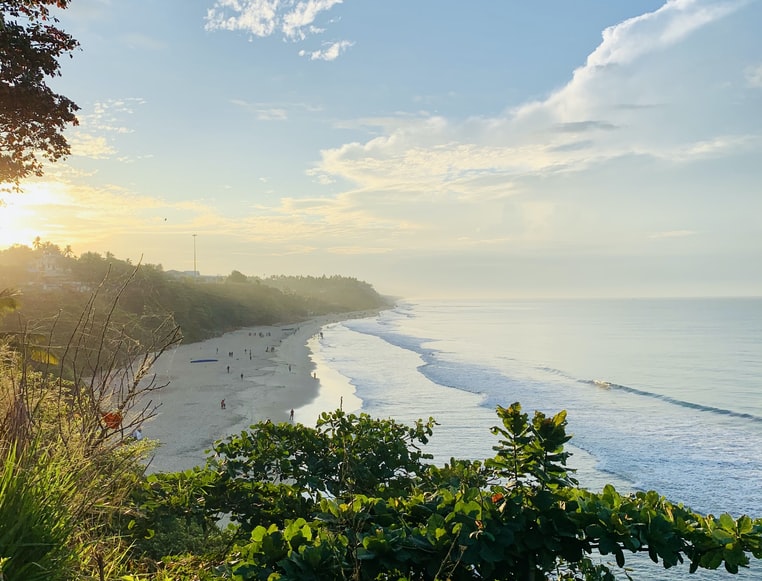
Entry requirements
Most visitors to India will need a visa. Your passport must be machine-readable, valid for at least 180 days from the date you arrive and contain two blank pages for immigration stamps. UK travellers can apply for an e-visa online about a month before departure, if selecting the 30-day tourist e-visa, which we recommend. Travellers of other nationalities should check their specific requirements with their local consulate.
If you require a multiple-entry visa or one that can’t be obtained online, it’s worth starting the process at least a month before you travel to avoid last-minute stress.
On arrival in India, passengers may be subject to thermal screening and occasionally asked to self-monitor for a short period; requirements can change at short notice, so it’s best to check the latest guidance from your government before you go. If you have any doubts, our team is always on hand to help you navigate the paperwork.
You will also be required to complete an e-arrival card, before reaching immigration. This has recently replaced the paper arrival cards. It can be completed up to 72 hours in advance, which we recommend doing for a seamless arrival.
Health and safety
We are not certified to give medical advice, but we recommend you consult your doctor about your vaccination history and discuss any further vaccinations you may need for your trip. We recommend this website for travel vaccination information and advice on bringing medication into the country.
While travelling in India, we suggest sticking to bottled or filtered water (and avoiding ice), choosing cooked meals over raw salads, and peeling fruit before you eat it. Handwashing or carrying sanitiser goes a long way in keeping sickness away.
Public toilet facilities can be few and far between, so take every opportunity to use clean restrooms in hotels, restaurants or major attractions.
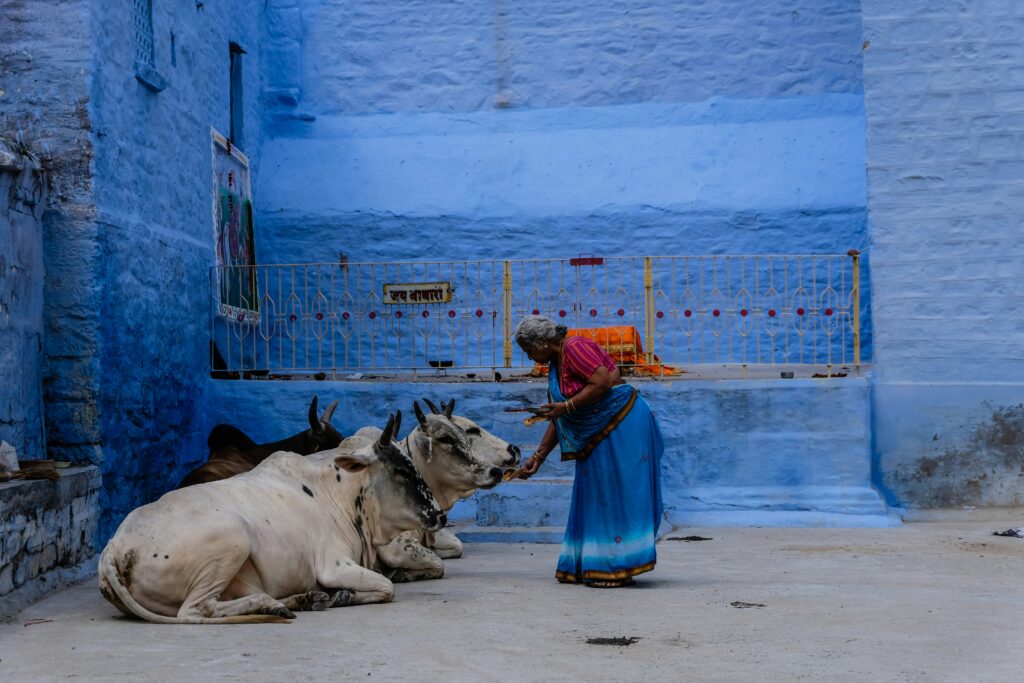
Getting around
We are able to arrange your transfers for you, just let us know your flight number, and we’ll plan the route and let you know the cost. For multi-stop trips, we can also arrange your transfers between hotels/regions.
If you’re embarking on a railway adventure, please note that many railway stations are extremely crowded and you may feel disoriented when you disembark at the end of a train journey. We recommend you wait at the disembarkation point where your train carriage comes to a halt until one of our local representatives comes to greet you. This will usually be within 5 minutes of your alighting from the train.
Baggage
When it comes to domestic flights, many airlines have a 15kg luggage restriction for all checked baggage per person, and only one piece of hand baggage per person is permitted. If you wish to add additional luggage onto your flights, you can do so at the airport. The cost to add a kg of luggage can be between £2-5. Please contact the Operations team if you wish to find out an exact cost and they can check based on the airline you’re flying with.
A suitcase is perfectly fine to travel around India with as you will be assisted with luggage when you take your transfers. If however, you feel it would be easier to use a backpack when taking trains and flights, then that is also an option.
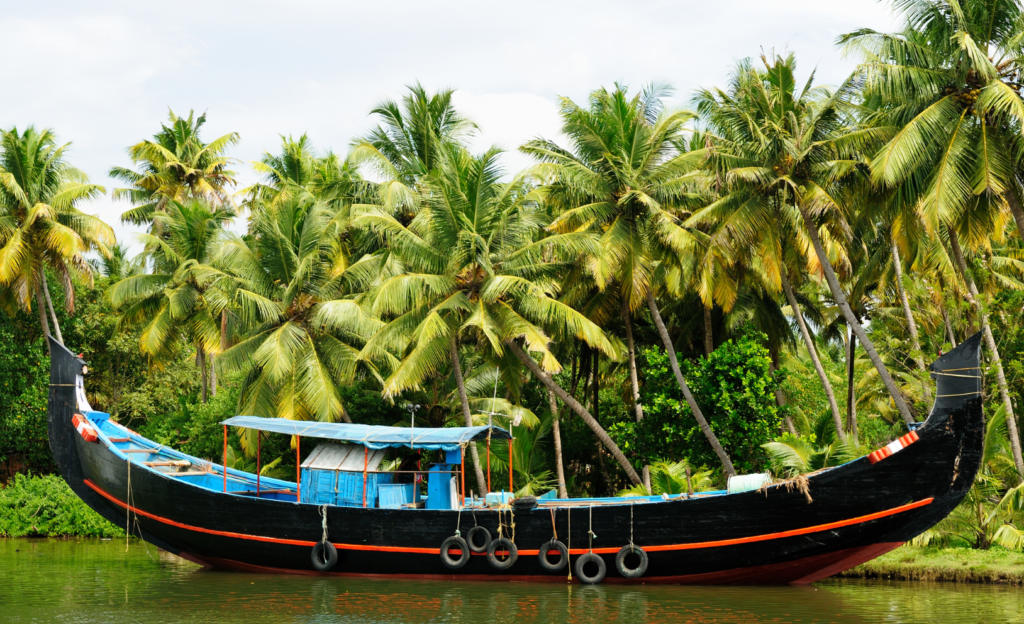
Climate and packing tips
We strongly recommend that you carry overnight essentials and any medication in your hand luggage, particularly if connecting to an onward destination, in the event of lost luggage or delays. We recommend packing mosquito repellent and using it daily, especially between dusk and dawn when mosquitoes are most active.
India’s climate varies dramatically by region and season:
North & Golden Triangle (Delhi, Agra, Jaipur): Best from October–March for cool, dry sightseeing. Bring layers for chilly winter mornings.
Kerala & Southern States: November–March is dry and warm; light breathable clothes are best.
Himalayas & Ladakh: June–September is prime trekking season with cooler mountain air. Pack thermals and sturdy hiking boots.
Central & Western India (Mumbai, Goa): Hot and humid most of the year; light, cotton clothing and sun protection are essential.
Packing essentials: Wide-brimmed hat, scarf for temples, modest clothing that covers shoulders and knees, comfortable walking shoes, umbrella or lightweight rain jacket for monsoon-prone areas, jumper or light jacket for cooler evenings, and a reusable water bottle. Note: e-cigarettes are prohibited in both carry-on and checked luggage.
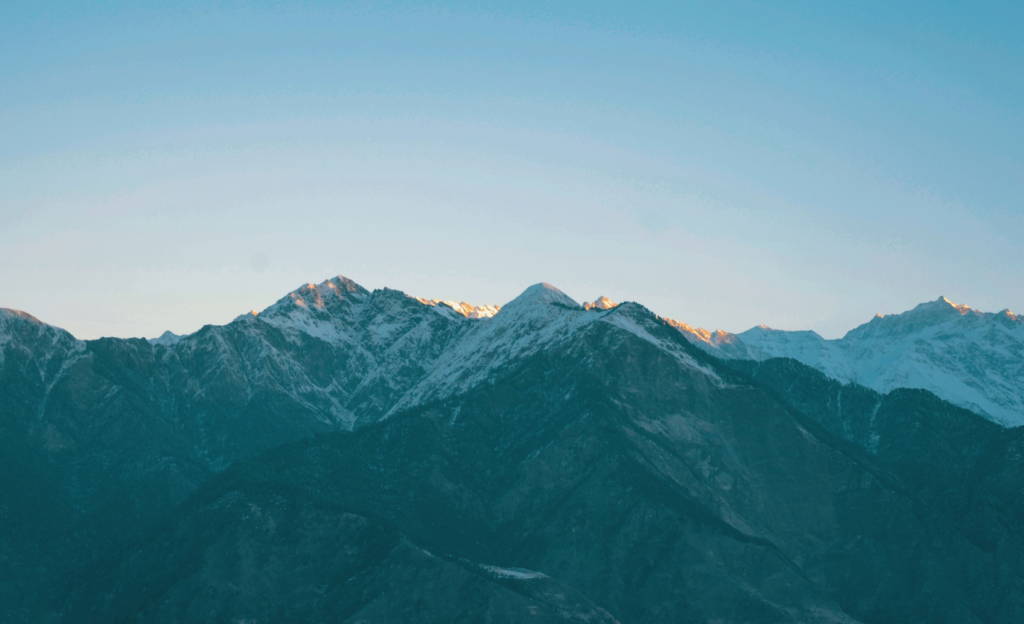
Laws and customs
– The customary greeting is Namaste, meaning “I bow to the divine in you.” To greet someone this way, place your palms together in front of your chest with fingers pointing upward and make a slight bow.
– Modesty is highly valued in many parts of India. Shoulders and knees should be covered when visiting religious sites. In Hindu temples and Sikh gurdwaras you will be asked to remove your shoes before entering; socks are fine as long as they’re clean and without holes. Many Hindu temples do not allow non-Hindus inside, while Sikh temples require all visitors to wear a head covering, often provided at the entrance. If offered a blessing in the form of food, accept it with both hands is a sign of respect.
– Avoid wearing leather or animal skins in or near places of worship as this is considered offensive to practising Hindus. The left hand is traditionally viewed as unclean and should not be used to eat, pass food or handle money.
– Photography restrictions are taken seriously. Avoid photographing airports, railway stations, bridges, military installations or from the air. Some historic and religious sites charge small fees for cameras and videos; your guide will advise you about local rules and costs.
– Always carry identification – a physical copy of your passport and visa or permit is best.
– Alcohol consumption is restricted in certain states or on specific religious holidays, so it’s best to check local laws in advance. Drug offences carry severe penalties.

Tipping
Tipping is part of the culture in India. It isn’t included in hotel bills or with drivers and guides, so keeping small notes handy will make things easier. We recommend using Indian Rupees, but larger restaurants in cities will often accept tips added to a card payment. Keeping a supply of ₹100 and ₹200 notes will save you searching for change.
As a guide (based on two people travelling):
Drivers: Around ₹500 for a half-day and ₹700 for a full day.
Guides: Around ₹500 for a half-day and ₹700 for a full day.
Airport and station reps: Around ₹200 for assistance with luggage or meeting you on arrival.
Porters at hotels or stations: Around ₹100 per bag.
Restaurants: Around 10% of the bill is the norm unless a service charge is already added.
If you have the same driver or guide throughout your trip, it’s thoughtful to tip them once at the end of your journey.
Money matters
India’s currency is the Indian Rupee (₹). ATMs are common in cities and towns, though smaller markets and local transport often prefer cash. Credit cards are widely accepted in hotels, larger restaurants, and many shops, but it’s sensible to carry smaller notes for day-to-day purchases and tips. Keep an eye on your card during transactions and double-check receipts before signing.
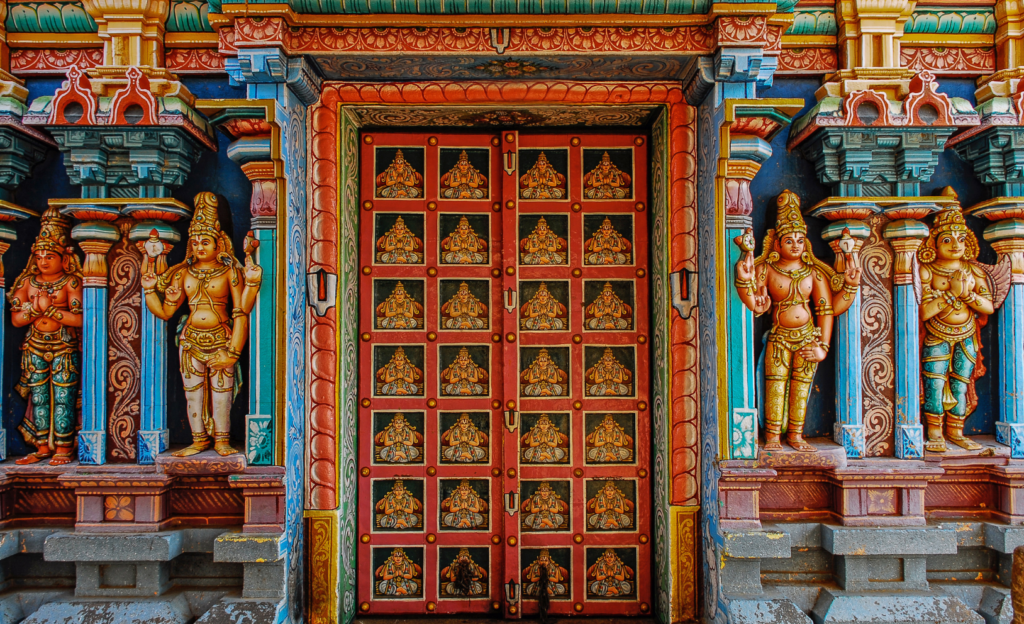
Practicalities
Plug types: India uses plug types C, D, and M. Type C features two round pins, type D three large round pins in a triangular shape, and type M a larger version of type D.
Flights and time zone: Direct flights from London to New Delhi take around nine to ten hours. Several airlines offer non-stop services, while connecting flights are slightly longer but sometimes more affordable. India is GMT +5.5 and does not observe daylight savings.
Language: English is widely spoken in hotels, airports, and by guides, but Hindi is the official language, and every region has its own dialects and traditions. Learning a few words of Hindi is always appreciated:
Hello: Namaste
Thank you: Dhanyavaad
Yes: Haan ji
No: Nahi
How much?: Kitne ka hai?
A simple “Namaste” goes a long way!

Food and drink
Eating in India is an unforgettable experience. Each region has its own flavours: rich northern curries with naan and roti, coconut-infused southern dishes like dosas and sambar, seafood-heavy coastal plates and hearty Rajasthani vegetarian feasts.
Masala dosa – crisp rice-lentil crepe stuffed with spiced potatoes
Chole bhature – tangy chickpea curry served with deep-fried fluffy bread
Biryani – fragrant rice dish layered with spices, meat or vegetables (Hyderabadi style is a favourite)
Samosas and pakoras – fried savoury pastries and battered vegetables, perfect as street snacks
Gulab jamun – soft fried milk-based dough balls soaked in sugar syrup
Jalebi – crispy, syrupy spirals often eaten as a sweet snack or dessert
Kulfi – dense, creamy Indian ice cream in classic flavours like pistachio or mango
Mango lassi – chilled yoghurt-based mango smoothie, sweet and refreshing
Masala chai – strong black tea simmered with milk, spices and sugar
Fresh lime soda – sparkling water mixed with fresh lime juice, sweetened or salted
Keep connected
Most travellers use an Indian SIM or e-SIM during their trip. These are easy to pick up at major airports like Delhi or Mumbai, and our local partners will be happy to help you get set up on arrival. You’ll need your passport and two passport-sized photos to register a SIM. Activation usually takes up to 24 hours. Alternatively, you can buy an Airalo e-SIM before you travel for a seamless start to your journey.
